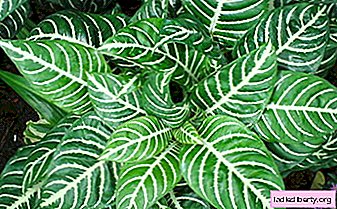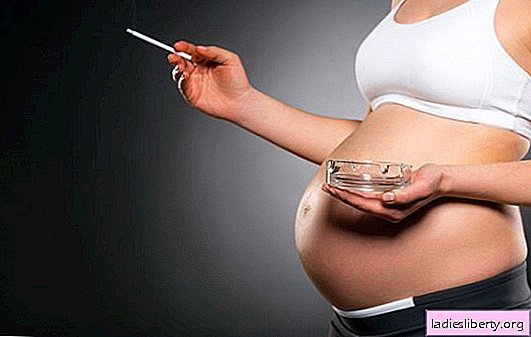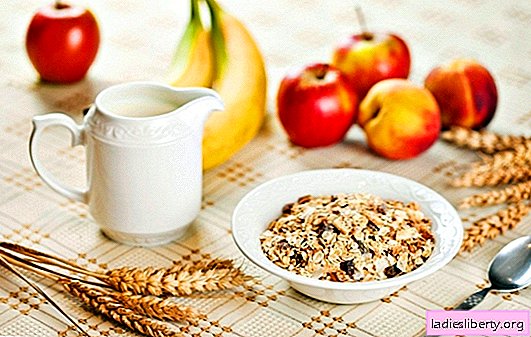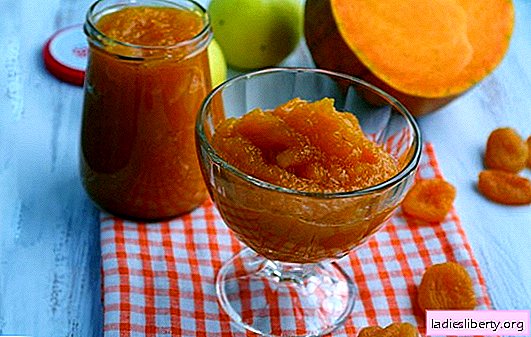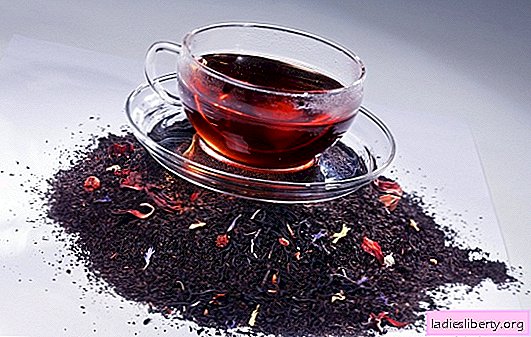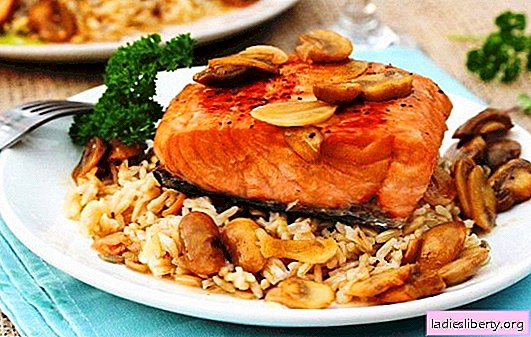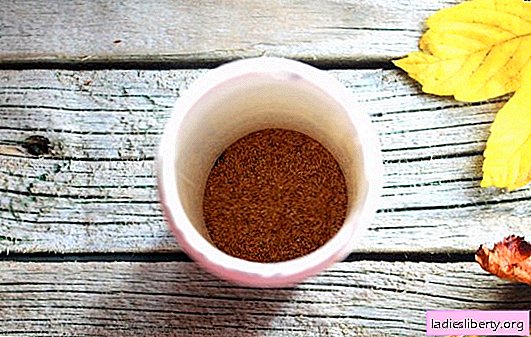
It is known that the key to losing weight is a combination of three factors:
1. A properly selected balanced diet;
2. A competent training program (physical exercises with your own body weight, with additional weights and cardio training), built on the basis of the individual characteristics of the human body, seeking to lose weight;
3. Complete recovery of the body after physical exertion, including not only sleep, which is certainly important, but also the normalization of the psycho-emotional state, which, as a rule, consists in doing some things that give the person pleasure, which in turn takes the body out of state of stress.
Professional athletes and sports nutritionists argue that of these three factors, it is nutrition that plays a key role in any changes in a person’s physical form, whether it is the desire to lose weight or vice versa - to gain muscle mass.
And, if almost any person who knows at least a little care of their shape knows about the importance of the correct ratio of the proportions of proteins, fats and carbohydrates and the control of the calorie content of consumed foods in the diet, many people either forget about such an important component of food as fiber, or do not have enough information at all.
Fiber is a dense, indigestible dietary fiber found in plant foods: vegetables, fruits, cereals, legumes and nuts. To some extent, fiber can be identified with complex carbohydrates. However, unlike complex carbohydrates, fiber is not a source of energy needed by the human body. The main function of fiber is to normalize the digestion process and cleanse the intestines, which in turn positively affects the functioning of the whole organism.
For example, a healthy intestine and normal digestion affects the functioning of the hormonal system, helps to cope with constipation and dysbiosis. In addition, the appearance of a person directly depends on a healthy intestine and good digestion, since intestinal diseases lead to a deterioration of the skin and hair.
Fiber also affects the ability of the intestines to absorb and absorb trace elements (vitamins and minerals). However, it is important to understand that the principle “the more fiber, the better” does not work here. Moreover, excessive consumption of fiber is not only meaningless, but to some extent even harmful to the body, since in case of high fiber intake, overcooked food will leave the intestine faster than necessary and useful trace elements simply will not have time to digest. Nutritionists call about 30 grams of fiber for an adult. This amount of fiber is approximately equal to 5 small servings of vegetables or fruits, one serving of cereals or legumes and several pieces of whole grain bread.
Daily intake of sufficient amounts of fiber normalizes cholesterol levels, thereby exerting a positive effect on the functioning of the cardiovascular system, reducing the risk of developing diseases, as well as heart attack and stroke. Fiber also stabilizes blood sugar, and therefore, it is an indispensable element in the diet of people with diabetes. The menu of people with diabetes necessarily contains vegetables such as cucumbers, tomatoes, eggplant, zucchini and cabbage, as well as whole grain bread and various cereals, including brown rice, which, unlike white rice, is more saturated with fiber and other useful substances.
The highest fiber foods are wheat bran, flax seeds, beans, lentils, peanuts, corn, avocados and a number of other plant foods.
It is important to understand that fiber is almost absent in purchased juices. Therefore, one apple with a peel will be much more beneficial for the body than a liter packet of apple juice bought in a store.
Fiber, provided that it is consumed in a reasonable amount, is not harmful to people with almost any kind of disease. The only exception is a person’s allergy to any specific foods containing fiber. Otherwise, on the contrary, fiber tidies up the gastrointestinal tract and reduces the amount of allergens that penetrate the blood, so doctors often recommend eating foods high in fiber to treat and prevent food allergies.
Among the negative consequences of excessive fiber intake, problems such as diarrhea, exacerbation of diseases of the pancreas and intestines, as well as dehydration and constipation caused by excessive consumption of fiber, which tends to absorb fluid, are distinguished. Therefore, it is recommended to drink at least 1.5 - 2 liters of water daily.
When losing weight, it’s important to understand that eating foods containing fiber alone is impossible, as the body needs a complete set of substances, some of which are simply absent in vegetables, fruits or cereals. Therefore, it is necessary to combine foods rich in fiber with foods that contain complex carbohydrates, proteins and fats. Only such an approach to compiling a diet in conjunction with physical activity and recovery will bring the coveted result.
The daily menu can be divided into 4 full meals in small portions and 1-2 snacks.
Consider each meal separately and make a list of several food options for each of them. Products will be categorized according to the useful elements they contain. When forming a meal, you need to take one product from each category.
1. The first meal is breakfast.
Many people do not pay enough attention to breakfast, just a cup of coffee with a sandwich or roll. But breakfast, according to nutritionists, is the main meal. Breakfast gives a person a starting charge of energy and starts all the processes in our body.
The first meal must necessarily contain a sufficient amount of complex carbohydrates in combination with protein and fiber, as well as a glass of any liquid.
1. Any porridge, rice, buckwheat, pasta.
2. Omelet, scrambled eggs, hard-boiled eggs, cottage cheese.
3. Cucumbers, tomatoes, carrots, apples, bananas.
4. 1-2 slices of whole grain bread
5. Tea (black or green), coffee, a glass of water
2. The first snack.
The first snack should be 2 - 2.5 after breakfast and consists of 1 - 2 fruits, for example apples, bananas or grapefruits.
3. The second meal is lunch.
The second meal is the most voluminous meal.
1. Any soup.
2. Rice, buckwheat, pasta, potatoes.
3. Chicken breast, boiled meat, fish.
4. Any vegetables or vegetable salad.
5. 1-2 slices of whole grain bread.
6. Tea, a glass of water.
4. The third meal is an afternoon snack.
When losing weight, the third meal, as a rule, should be quite light, containing a very small amount of carbohydrates.
1. Chicken breast, boiled meat, cottage cheese.
2. Vegetables, vegetable salad.
3. 1-2 slices of whole grain bread.
4. Tea, coffee, kefir, milk, a glass of water.
5. Second snack.
The second snack, like the first should consist of 1 - 2 fruits.
6. The fourth meal is dinner.
The fourth, final, meal should be no later than 1.5 - 2 hours before bedtime and contain mainly protein foods and fiber-rich foods, as well as a small portion of carbohydrates.
3. Rice, buckwheat, corn, lentils.
2. Chicken breast, boiled meat, fish, cottage cheese.
3. Fruits, vegetables, vegetable salad.
4. Tea (preferably green or herbal), kefir, milk, a glass of water.
Each meal in this menu contains fiber-rich foods that help the body absorb vitamins and minerals from other foods, such as meat or fish.
It is also important to drink water throughout the day, and not just during meals.
Another trick when losing weight is a fasting day.
Once every one to two weeks you can eat almost only foods containing fiber and protein foods. For example, consume vegetable stew, boiled meat and fruit salads during the day, not forgetting to drink enough water. This method, firstly, will cleanse the body and give it lightness, and, secondly, it will relieve the nervous system.
It should be understood that losing weight with fiber gives results gradually, but such a smooth, uniform weight loss will permanently save you extra pounds, practically without putting the body into a state of stress, allowing it to adapt to new conditions.

